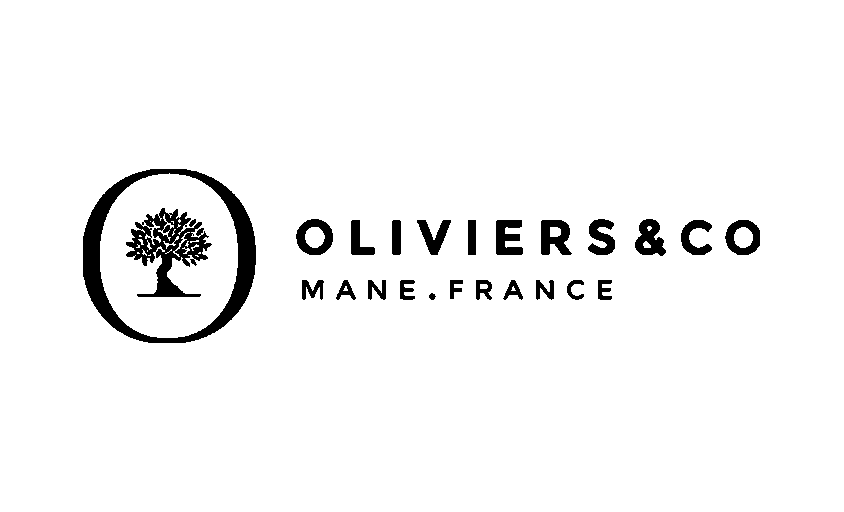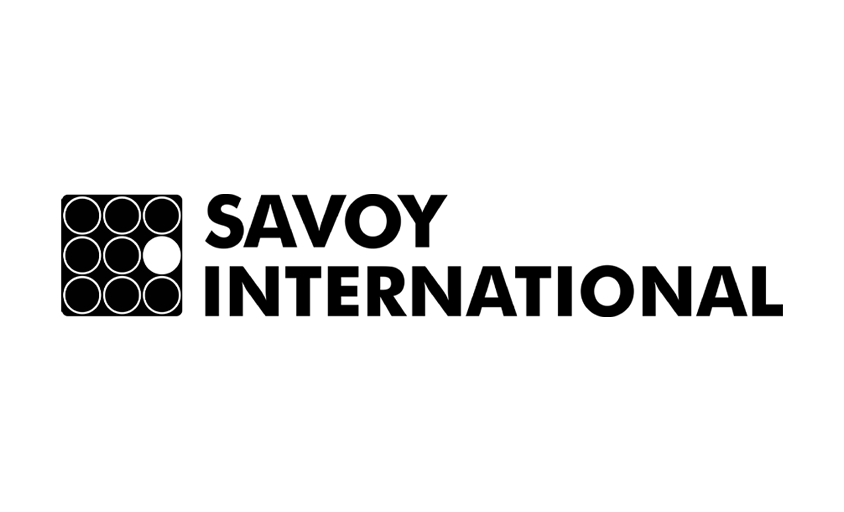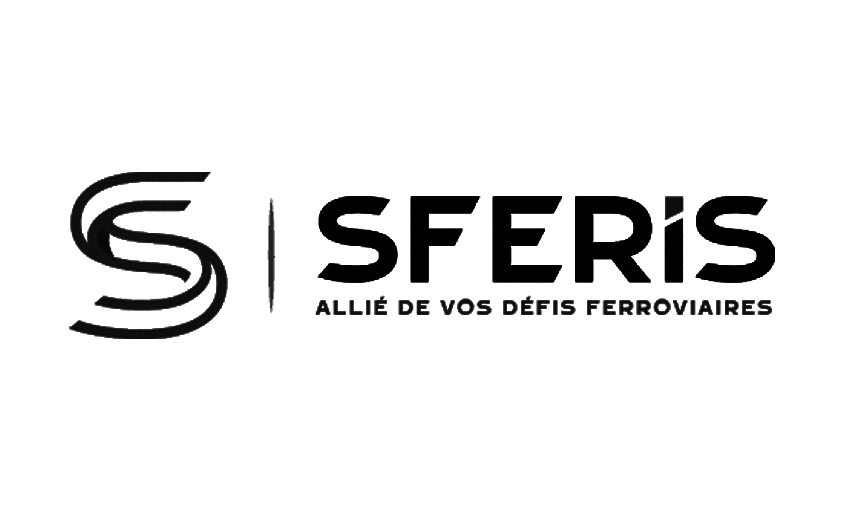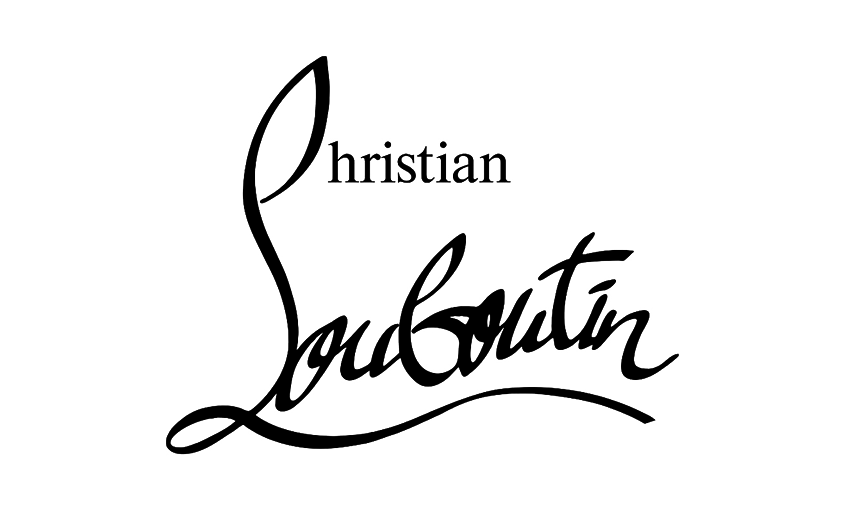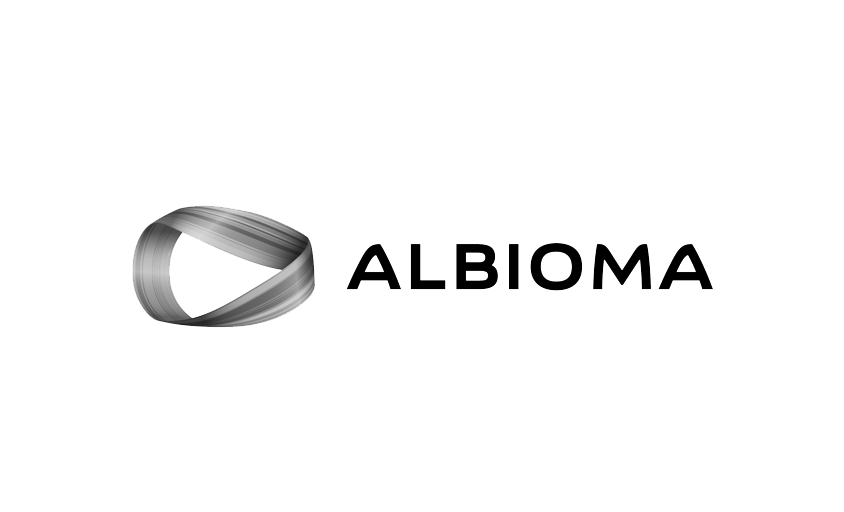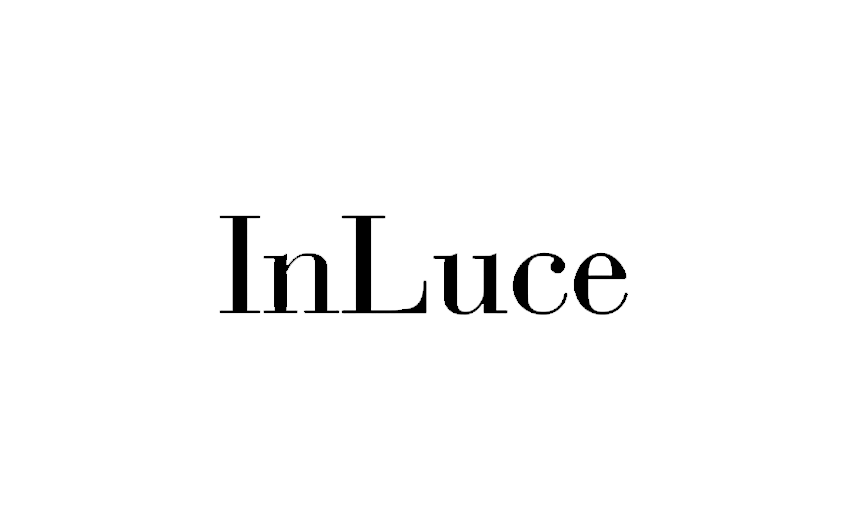Everything You Need to Know About Architectural Photography
In this article :
Architectural photography is a discipline that requires precision, artistic sense, and a perfect mastery of perspectives. Whether capturing a skyscraper, a heritage building, or the interior of a space, the challenge remains the same: showcasing the architecture while respecting the designer’s intent.
Unlike other photographic genres, architectural photography requires the photographer to work with immovable elements. Buildings do not move, pose, or react to light in the same way as a living subject. Therefore, it is essential to play with angles, lighting conditions, and post-production to produce a balanced and impactful image.
In this article, we will explore the best practices for achieving successful architectural shots, covering shooting techniques, technical settings, and the specific challenges of this specialty.
1. Exterior Architectural Photography
Buildings are subject to variations in natural light, which can be either an ally or an obstacle depending on the time of day.
Choosing the Right Moment
- Golden Hour: This period just after sunrise and before sunset offers soft, warm light, ideal for revealing textures and shapes.
- Blue Hour: After sunset, the ambient light cools, and buildings light up from within, creating a particularly aesthetic atmosphere.
- Direct Light and Strong Contrast: At midday, the sun at its zenith creates harsh shadows. If you’re aiming for graphic images with shadow play, this can be an interesting time.
Mastering Perspective
Vertical and horizontal lines are essential in architectural photography. Poor perspective management can quickly create a sense of imbalance and harm the visual harmony of the photographed building. Skyscrapers, building facades, or interiors with distinct lines are especially prone to excessive convergence, where edges appear to converge toward a vanishing point. To avoid this effect, several solutions exist:
- Positioning at an Intermediate Height: When photographing a tall building, being too low can exaggerate the distortion of vertical lines, while a higher position allows for a more natural view. Ideally, find a viewpoint near the middle of the building to minimize distortion.
- Using a Tilt-Shift Lens: This type of lens allows you to correct perspectives directly during the shoot. It offers complete control over the tilt of the visual field, enabling you to straighten vertical lines without altering the integrity of the image. It is widely used in professional architectural photography.
- Avoiding Extreme Angles: Shooting a building too close can lead to excessive perspective distortion. Sometimes, stepping back or even using a drone is better to capture the architecture from a more natural angle.
- Applying Correction in Post-Production: Use software like Photoshop or Lightroom to adjust distortion. These tools offer advanced functions to straighten lines and restore balanced proportions, though this approach may sometimes require slight cropping of the image.
Ultimately, the goal is to strike the right balance between fidelity and aesthetics, avoiding excessive correction that would create an artificial look. Well-captured architecture should retain the building’s grandeur and perspective while ensuring a smooth, natural reading of the image.
2. Interior Architectural Photography
Interior architectural photography requires a precise technical and aesthetic approach. It is not just about capturing a room; it is about revealing its volumes, materials, and ambiance. Two elements are crucial for a professional result: careful composition and optimal light management.
Structuring the Image with a Balanced Composition
A good composition directs the viewer’s eye and highlights architectural lines. To achieve this:
- Position the Camera at an Ideal Height: Between 1.2 m and 1.5 m to avoid excessive distortions and maintain a realistic perspective.
- Use Natural Leading Lines: Doors, windows, and beams can help structure the space and guide the viewer’s eye.
- Adopt a Clean Approach: Remove any unnecessary elements that could distract from the essence of the space. A minimalist composition enhances the appreciation of volumes and textures.
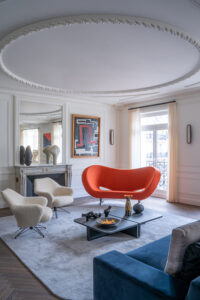
Mastering Indoor Lighting
Lighting is a major challenge in interior photography, where you must balance natural light and artificial sources:
- Prioritize Natural Light: Open curtains and shutters. Soft light filtered through light curtains helps soften contrasts.
- Avoid Excessive Brightness Differences: If a window is too bright compared to the rest of the room, adjust the exposure to balance the tones.
- Add Supplemental Lighting if Needed: Use indirect lamps or LED panels to compensate for low light without creating harsh shadows.
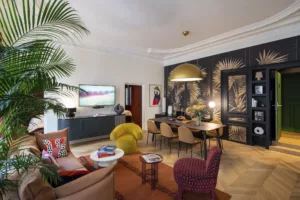
Whether capturing apartments, offices, or other interior spaces, everything relies on a subtle mastery of space and light. A well-framed shot and precise contrast management can enhance every detail and faithfully convey the ambiance of a place.
3. Different Applications
Real Estate Photography
When a buyer or tenant discovers a listing, it is often the image that first captures their attention, evoking an emotion or a sense of projection. A well-thought-out photograph does more than just show a space, it conveys its atmosphere, light, and volume.
A room bathed in natural light, captured at the right time of day, instantly becomes warmer and more welcoming. Subtle details, such as the grain of a wooden floor or a discreet reflection on a window, contribute to this natural staging.
The viewing angle plays a key role: an overhead shot highlights the structure of a staircase, while a ground-level view emphasizes the depth of a room. Each shot should tell an authentic story, inviting the viewer to imagine themselves in the space without any artifice or exaggeration.
Construction Report Photography
In real estate photography, highlighting finished spaces is natural. However, construction report photography is also crucial because it documents the progress of a project through detailed images. This approach is essential for:
- Showcasing the Work of Architects and Craftsmen: By capturing precise actions and the expertise of professionals on-site.
- Tracking Project Progress: Regular shots illustrate the various stages of construction or renovation.
- Creating Detailed Visual Documentation: Useful for developers, engineering firms, insurance purposes, and technical monitoring.
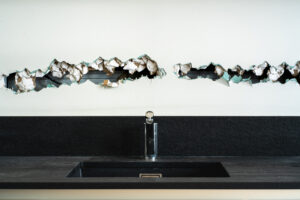 Shooting the renovation of a high-end apartment in the most prestigious Parisian addresses)
Shooting the renovation of a high-end apartment in the most prestigious Parisian addresses)
Commercial Architecture Photography
Unlike real estate photography, which primarily aims to showcase a functional and optimized space, photography of boutiques, showrooms, and retail spaces adopts a more emotional and immersive approach. The goal is to capture the brand’s universe, highlight the customer experience, and convey the specific ambiance of a place.
 (Pop-up boutique of Parfums de Marly on the Champs-Élysées)
(Pop-up boutique of Parfums de Marly on the Champs-Élysées)
Lighting: A Key Element of Atmosphere
One of the most crucial aspects of boutique photography is light management. Every commercial space adopts a lighting strategy designed to influence the visitor’s perception and strengthen the brand image.
- A Cozy and Intimate Ambiance: Soft lighting, indirect illumination, and gentle contrasts for a premium, warm experience.
- A Dramatic and Contemporary Setup: Colorful neon lights, strong shadows, and bold contrasts for a striking visual identity.
- Bright and Uniform Lighting: Well-distributed spotlights, natural light, and enhanced materials for a welcoming and minimalist atmosphere.
The goal is to respect this scenography and make it a powerful vector of visual communication.
Defining the Image’s Intention
Before pressing the shutter, it is essential to ask the right questions:
- Highlighting Human Interaction: Capture customer movement, showcase interactions with products, and emphasize the flow of traffic in a commercial space. This approach adds a lively and engaging dimension to the images.
- Creating a Clean, Static Image: Freeze a perfectly organized space where each element is precisely staged. This choice reinforces the brand’s high-end and exclusive image.
- Emphasizing a Key Element: Showcase a display window, a specific layout, or a strong visual concept that reflects the brand’s DNA.
 (Initio perfume brand window display for Christmas)
(Initio perfume brand window display for Christmas)
Each choice influences the perception of the space and must align with the client’s expectations and the brand’s positioning. A luxury boutique will not have the same expectations as a dynamic concept store or an automotive showroom. The image must convey a clear intention and tell a story.
Heritage Photography
Capturing a historic building without falling into mere documentary clichés is a challenge. A skilled heritage photographer must convey the soul of a place:
→ Respecting Textures and Materials: A sculpted stone, century-old wood, or an ancient fresco should appear as close to reality as possible.
→ Choosing the Perfect Moment: A castle bathed in the golden morning light? A church illuminated at dusk? Each moment tells a different story of the monument.
→ Perspective and Symmetry: Avoid having a building’s lines appear squashed or stretched, depending on the viewpoint and focal length used.
One detail that few photographers master: reflections and shadows on historical surfaces. A simple play of light on a column can reveal details invisible to the naked eye, adding a strong narrative dimension to the image.
A Unique Perspective on Every Project
Architectural photography does not have a single approach but offers multiple ways to tell the story of a space. The same building can appear welcoming, impressive, or mysterious, depending on how it is photographed.
In any case, a good photo does more than just represent. It interprets, enhances, and most importantly, makes you feel what a place truly is.
4. Essential Equipment
A good architectural photographer must be equipped with precise and high-performance gear.
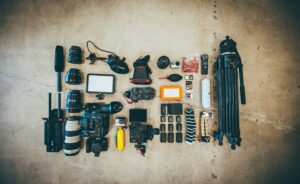
- A full-frame camera body: Provides maximum detail and a wide dynamic range.
- A wide-angle lens (16-35mm): Ideal for capturing volumes without exaggerating perspectives.
- A sturdy tripod: Essential for low-light shots and precise framing.
- A Tilt-Shift lens: Recommended for tall buildings and perspective correction.
- Advanced editing software: For adjusting contrasts, correcting perspectives, and enhancing textures.
5. The Importance of Post-Production
Even with a perfectly exposed and framed shot, retouching is an essential step.
✅ Correcting perspectives for a balanced result.
✅ Adjusting white balance for accurate material rendering.
✅ Enhancing details and contrasts without altering naturalness.
✅ Removing unwanted elements like reflections and electrical cables.
Good retouching should enhance without distorting. The goal is to faithfully and aesthetically convey the architectural vision.
Conclusion
Architectural photography is a demanding art that requires patience, attention to detail, and perfect mastery of composition and light.
Whether for real estate, retail, historical monuments, or contemporary architecture, each project requires a tailored approach. Thanks to technological advances and post-production tools, it is now possible to capture the very essence of buildings, highlighting their lines, materials, and interaction with light.
Architecture is a form of art, and photography is its visual interpretation. At Rétines, we put our expertise at the service of architects, developers, and businesses to capture every detail with precision and enhance your projects. So, contact us!
Jérémy Carlo is the editorial director at Rétines, where he ensures the consistency and clarity of all content produced by the studio.
Our Clients
Let’s discuss
What we do for you at Rétines
Meticulous work, an organised project and fast delivery. And to achieve this, we mobilise the right resources in our teams at the right time.
01
Pre-production
Artistic and technical direction tailored to the project.
Relevant recommendations on content, form and resources.
02
Photo Shooting
Photos taken by our experienced photographers.
Production that’s controlled, efficient and tailored to the needs of the project, with nothing superfluous.
03
Retouching
Technique
Photographs magnified by our retouching team.
Post-production to meet the commercial challenges of the brief.

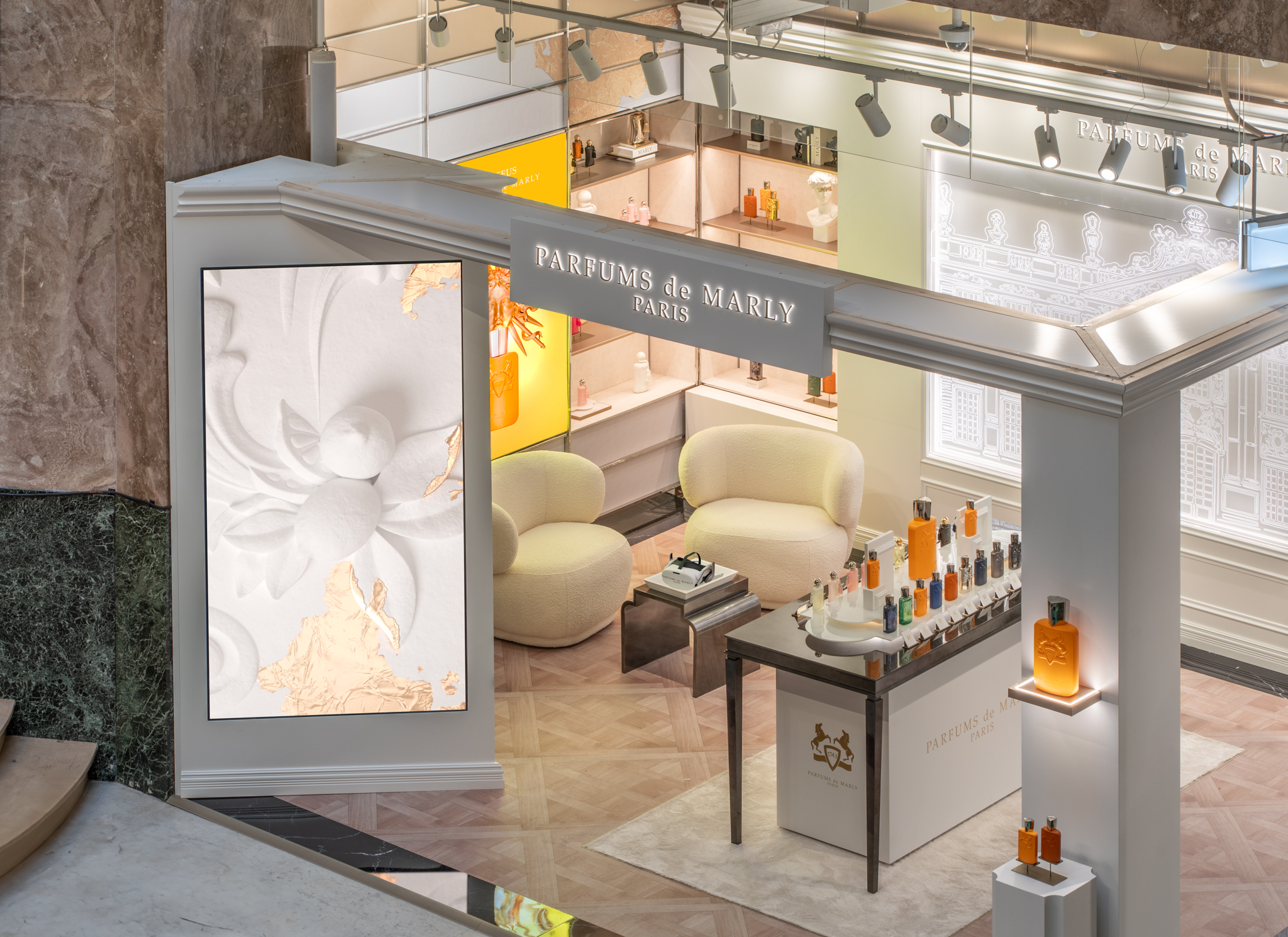 (Pop-up boutique of Parfums de Marly on the Champs-Élysées)
(Pop-up boutique of Parfums de Marly on the Champs-Élysées)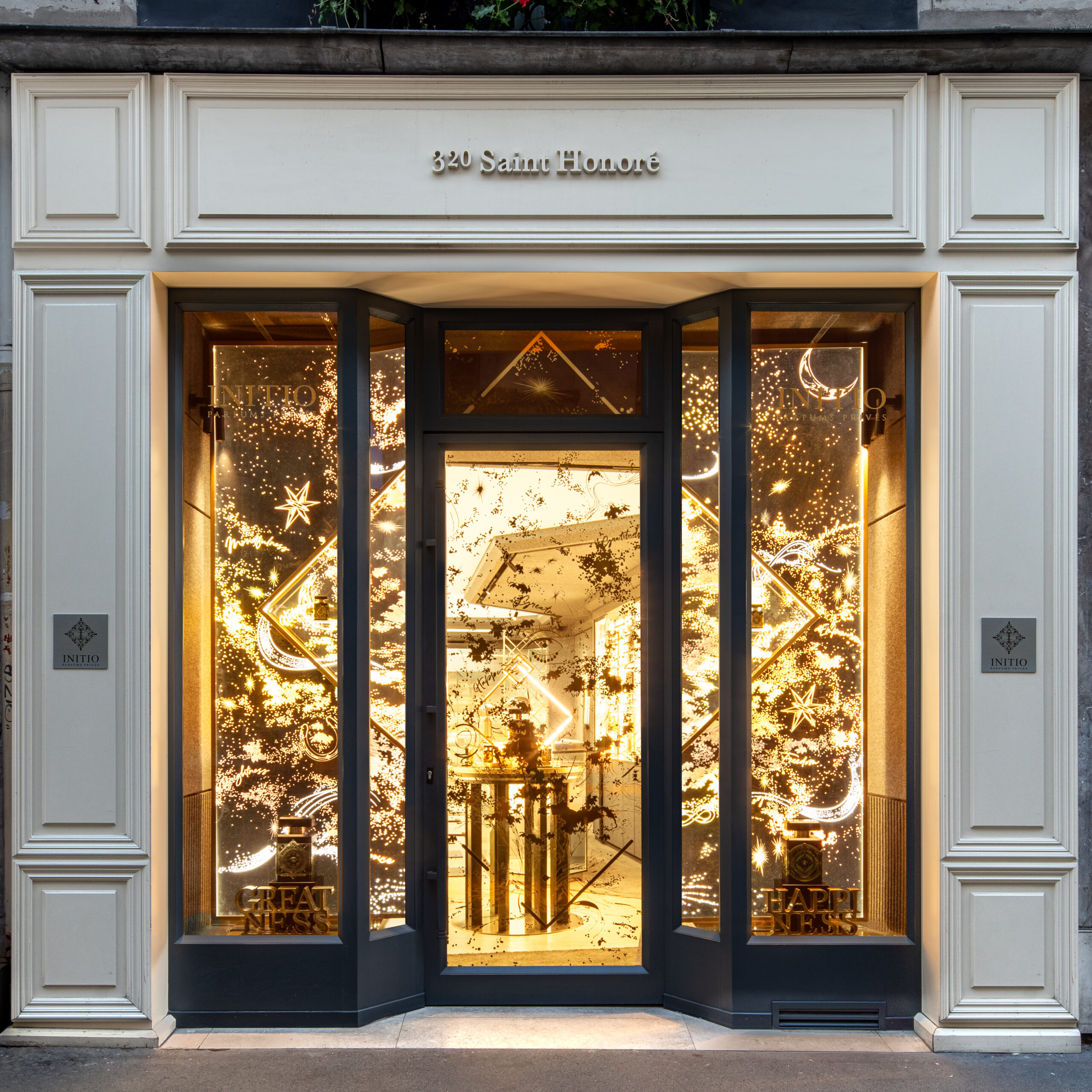 (Initio perfume brand window display for Christmas)
(Initio perfume brand window display for Christmas)